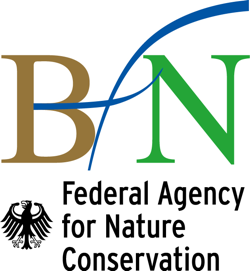CITES
...which limits and controls the trade of nearly 30,000 endangered plants and animals was the first step towards a sustainable and responsible handling of ivory.
1989 an intervention in the international ivory market was indispensable. While the Asian elephant was already listed in Appendix I since 1975, the African elephant, commercially used for centuries, got listed under Appendix I in 1990. This means that commercial trade of ivory from African as well as Asian elephants was banned. Some African populations recovered and 10 years later these where downgraded in Appendix II a.o. allowing two one-off-sales of stockpiled government-owned ivory in 1999 and 2008.







